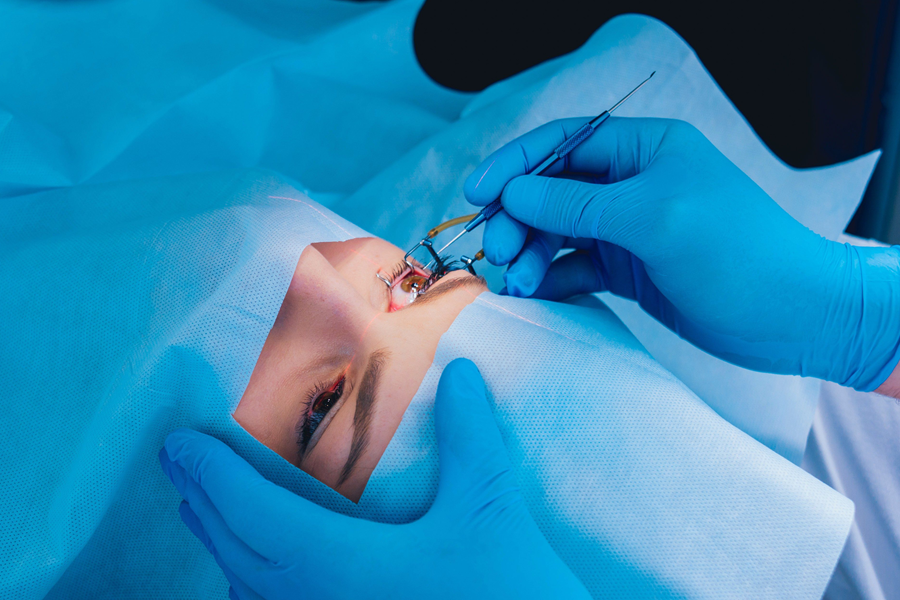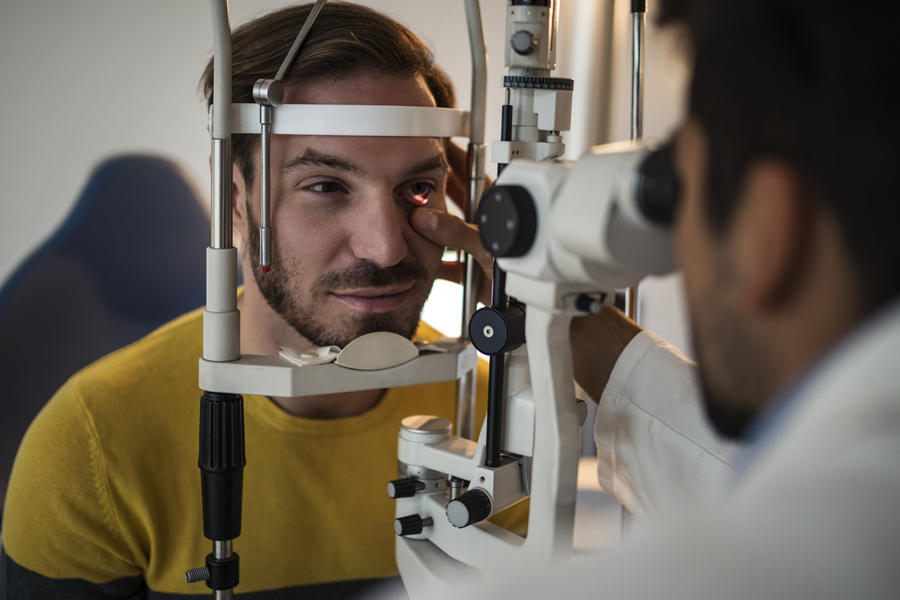One of the most important parts of your life is vision correction. Vision correction is having the right prescription for your eyes to see accurately and naturally. When you wear glasses, contact lenses, or undergo laser eye surgery, it’s because your eyes need to be corrected based on a specific issue they have due to age or disease. There is a lot of information out there about vision correction, but this article will give you some of the most important information you need to know about your vision.
What does your prescription mean?
A true prescription for glasses or contact lenses is a set of numbers that define your eyes’ ability to see at various distances. It is completely unique to you, and prescribers write prescriptions in “optical” notation. Sometimes, it’s written as a fraction like 1/20, which is read as “1 over 20”. This means that at 20 feet away, you need to have 20/20 vision in order to see an object. That is the standard for being able to drive without glasses or contacts. When your prescription is written, it looks something like this: OD -1 -0.25 180 x 90 Right eye (OD) stands for “oculus dexter” which means right eye.

Why are your eyes different?
There are a number of factors that can affect the way your eyes work together. Two of the biggest ones are being near-sighted or farsighted. If you are near-sighted, you can’t see objects very far away. You may be able to see close objects well, but distant objects will appear blurry. If you’re farsighted, you can see well up close but then need glasses or contacts to see things farther away clearly.
By the way, if your eyes are the same prescription and you wear glasses or contacts, you might notice that things like a computer screen look blurry when you take them off. That’s called convergence insufficiency and it means that your eyes aren’t working together to see clearly.


